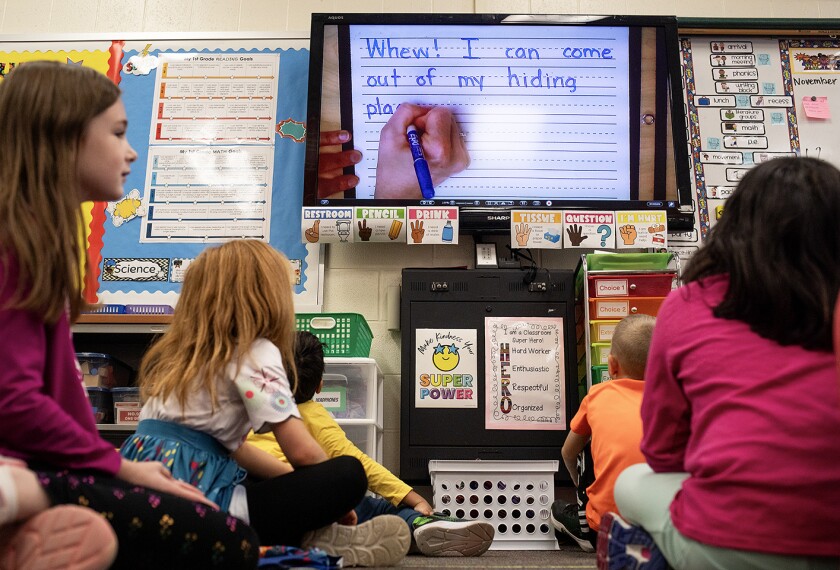To Read or Not to Read: A Question of National Consequence
American youths are reading less in their free time than a generation ago, a statistic that bodes poorly for their academic performance, job prospects, civic participation, and even social well-being, a report by the National Endowment for the Arts says.
Increasing use of electronic media is largely to blame for a decline in pleasure reading among young people, says the report, released Nov. 19.
Fewer than one-fourth of 17-year-olds, for example, read almost every day for fun, and young people 15 to 24 read 10 minutes or less a day, on average, according to various federal statistics. During their voluntary reading time—time spent reading texts not required for school or work—middle and high school students regularly watch television, listen to music, or use other media.
The report notes that those shifts in voluntary reading have occurred at a time when scores on national assessments have remained flat and large proportions of secondary students have failed to demonstrate proficiency in the subject.




